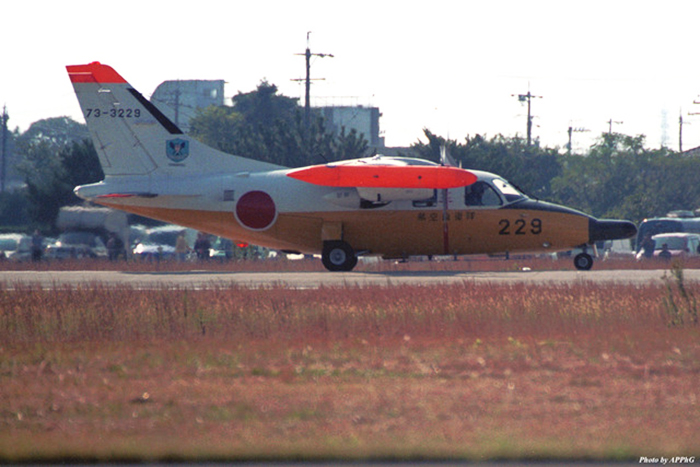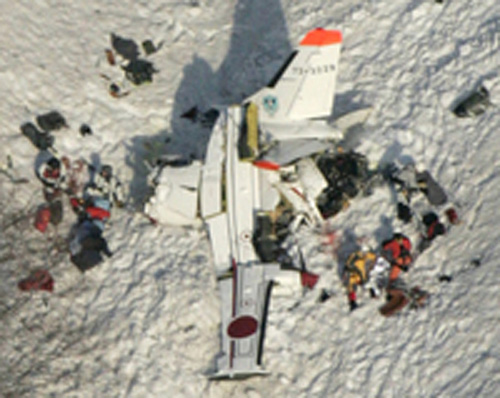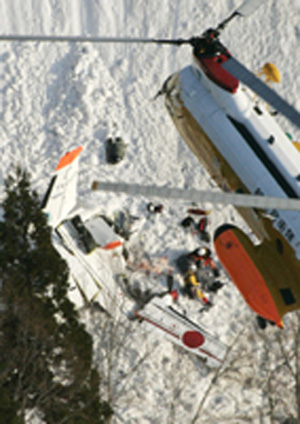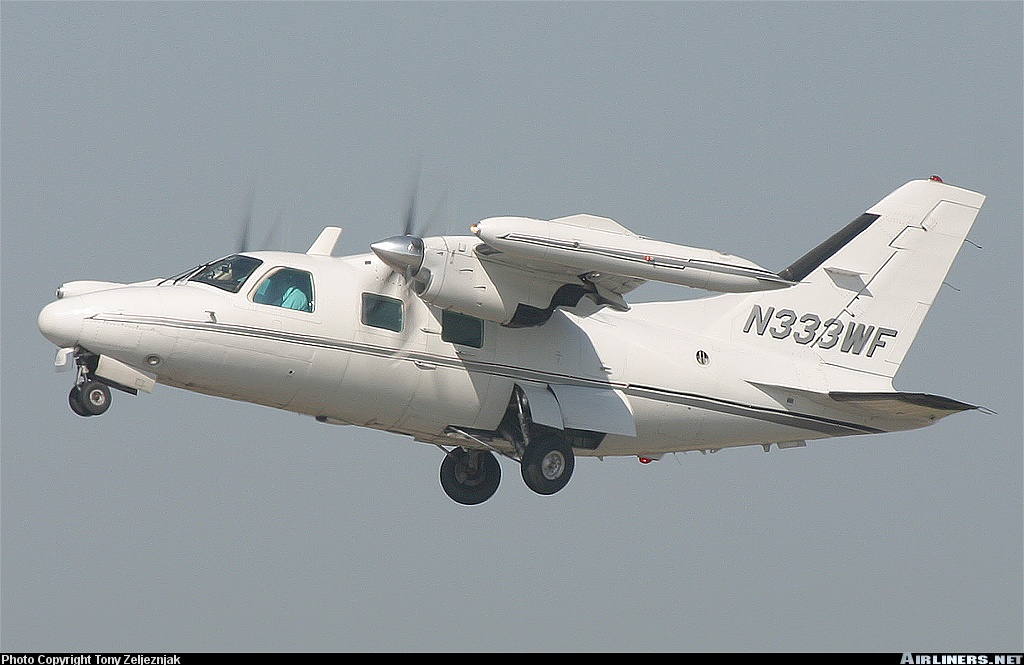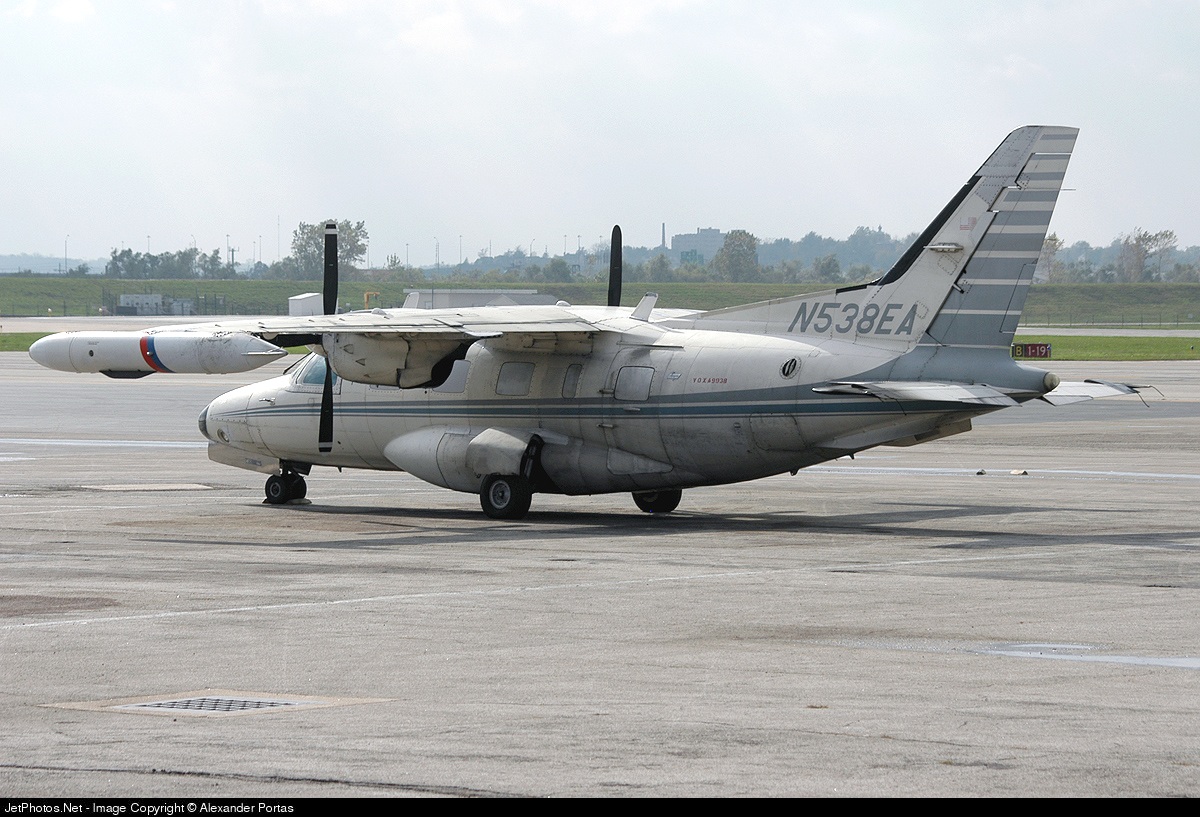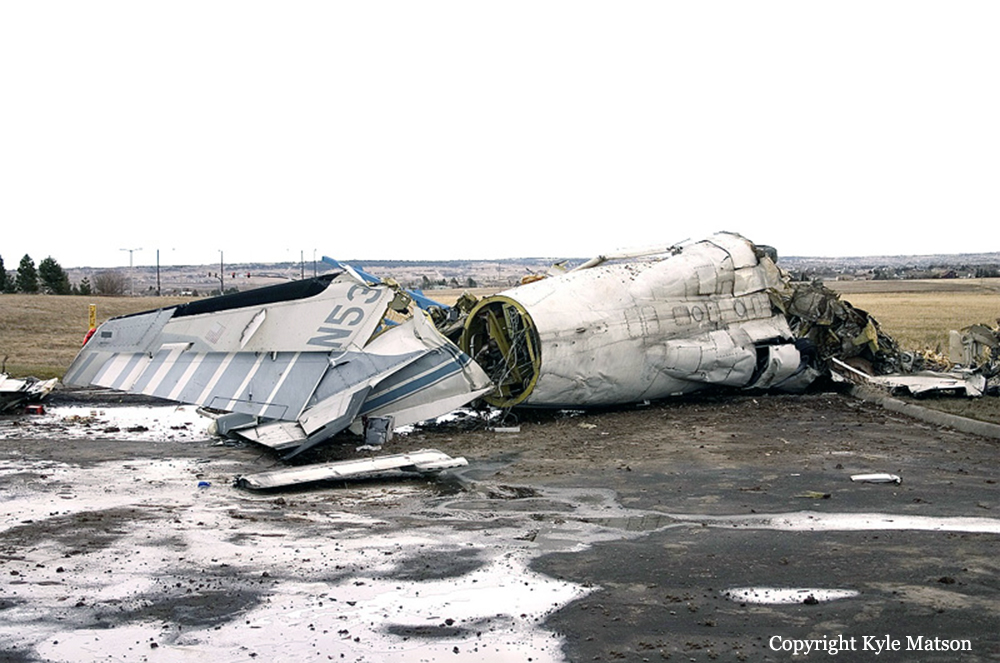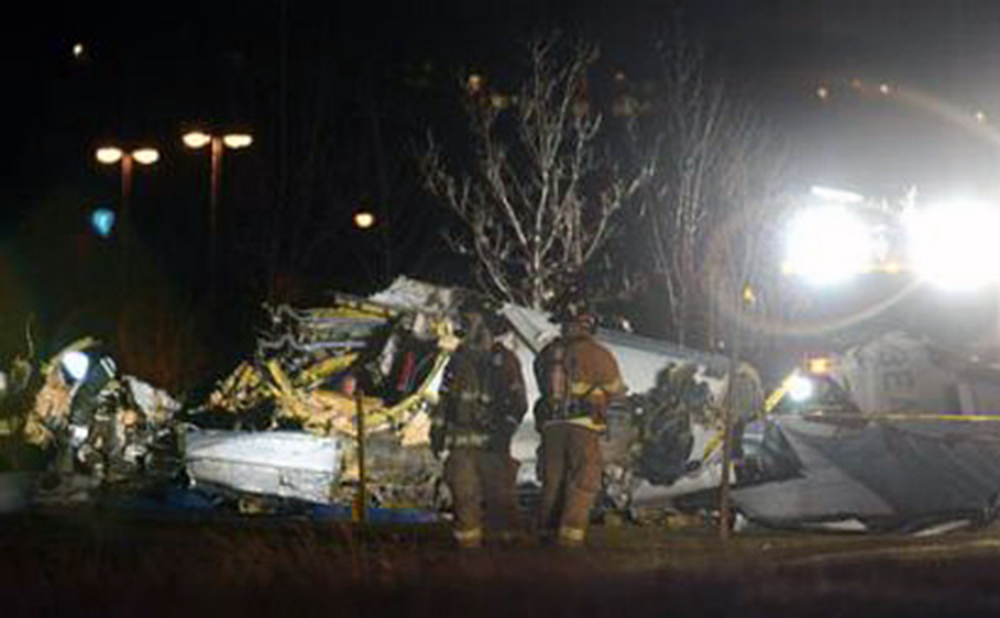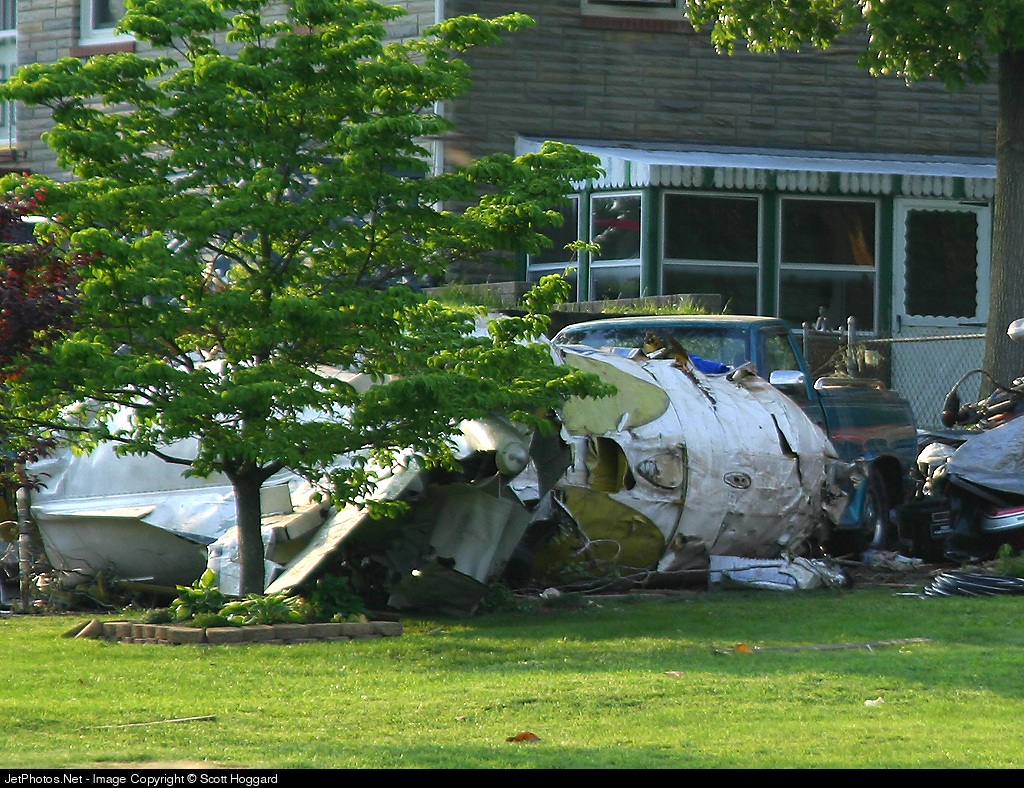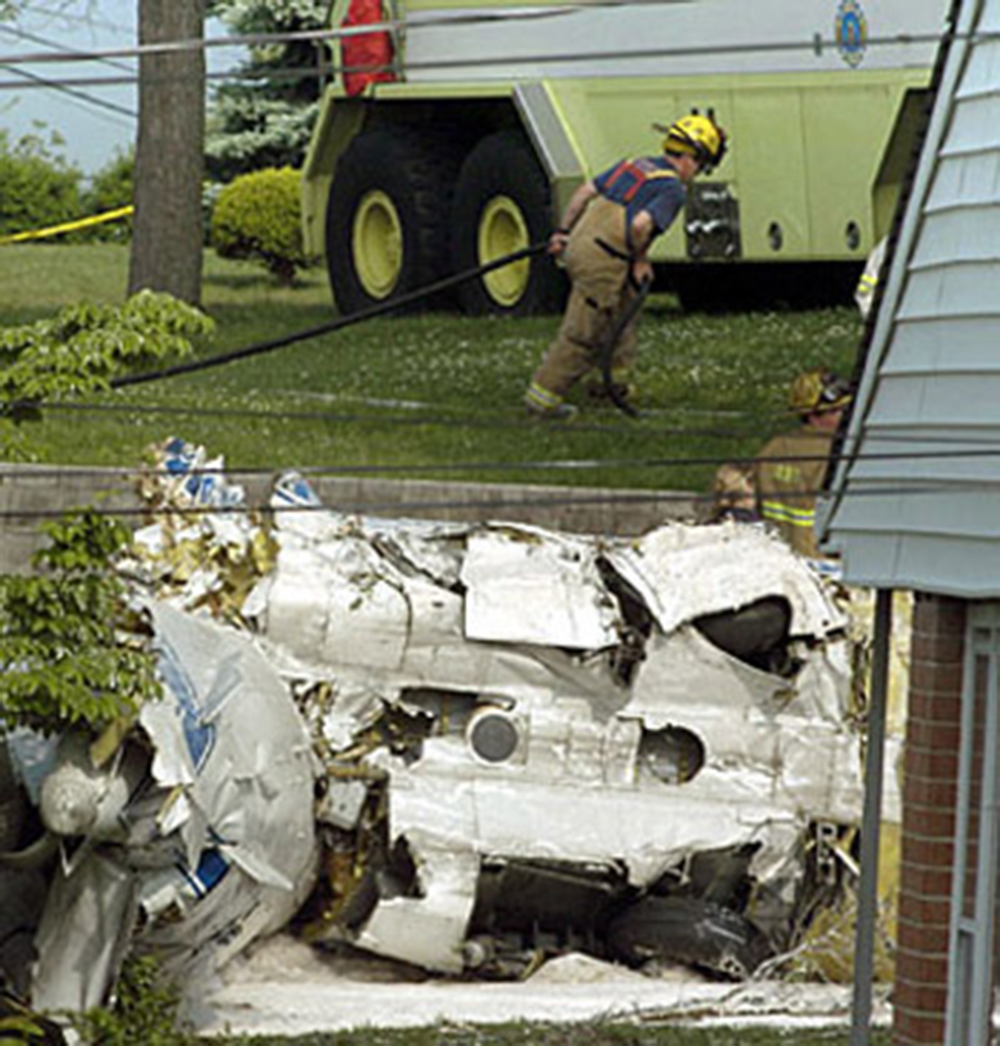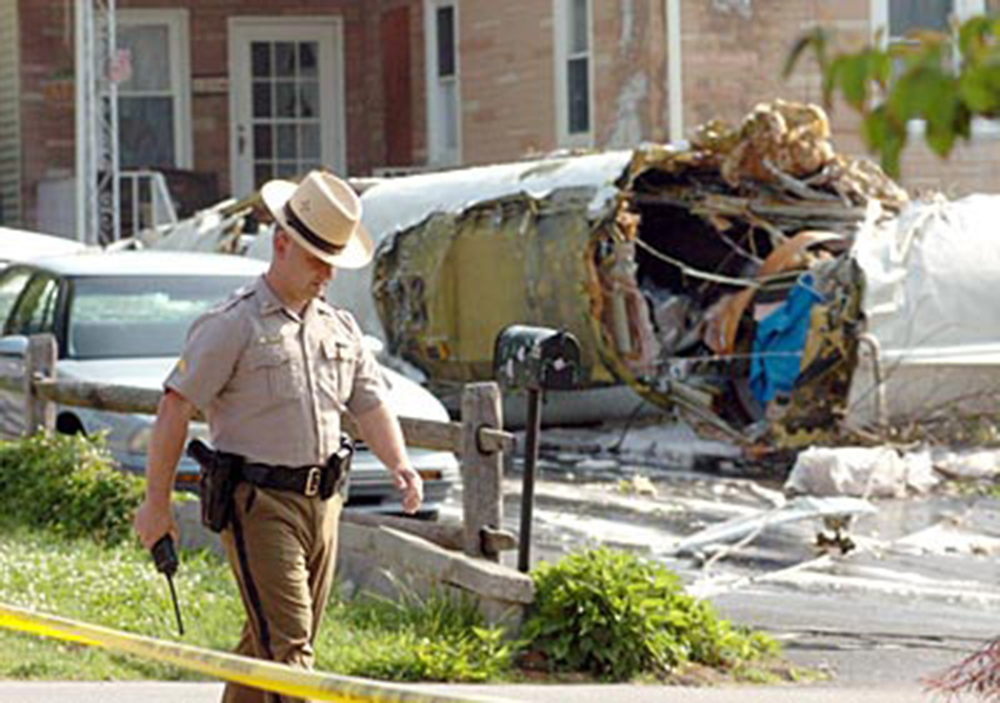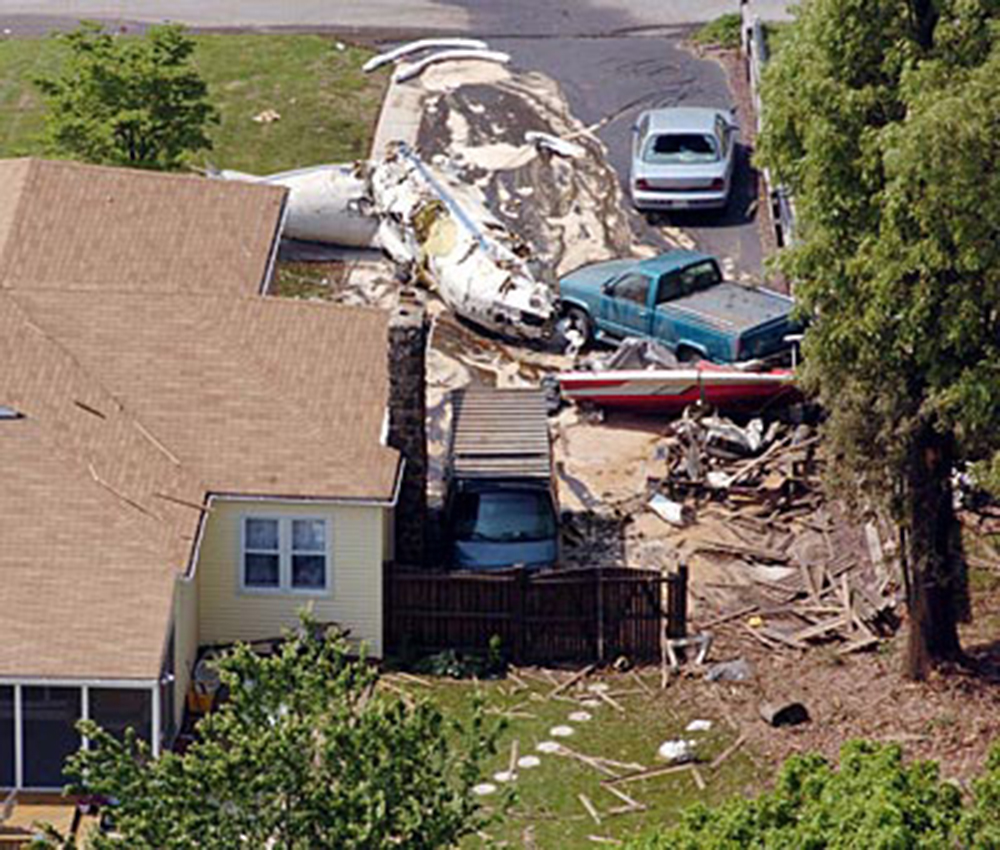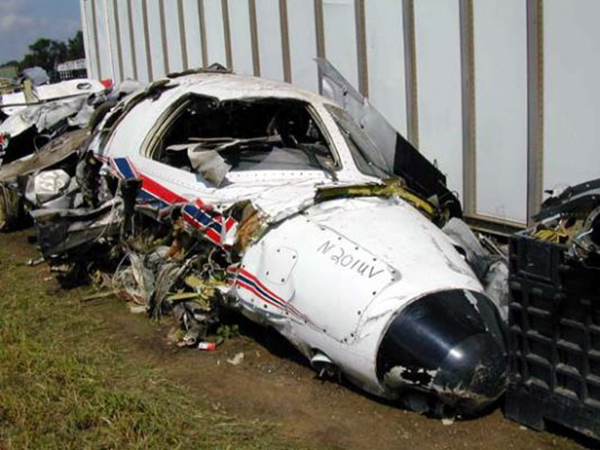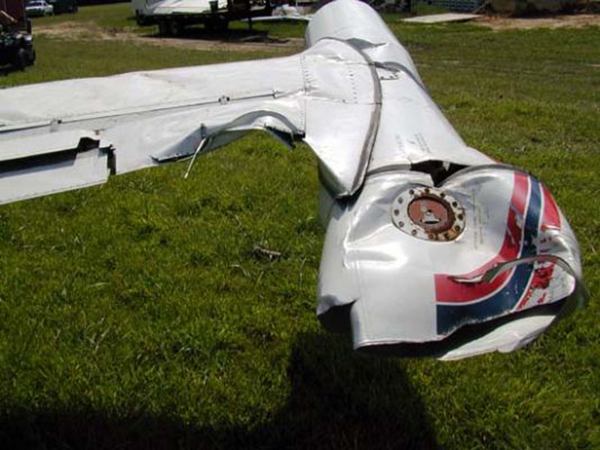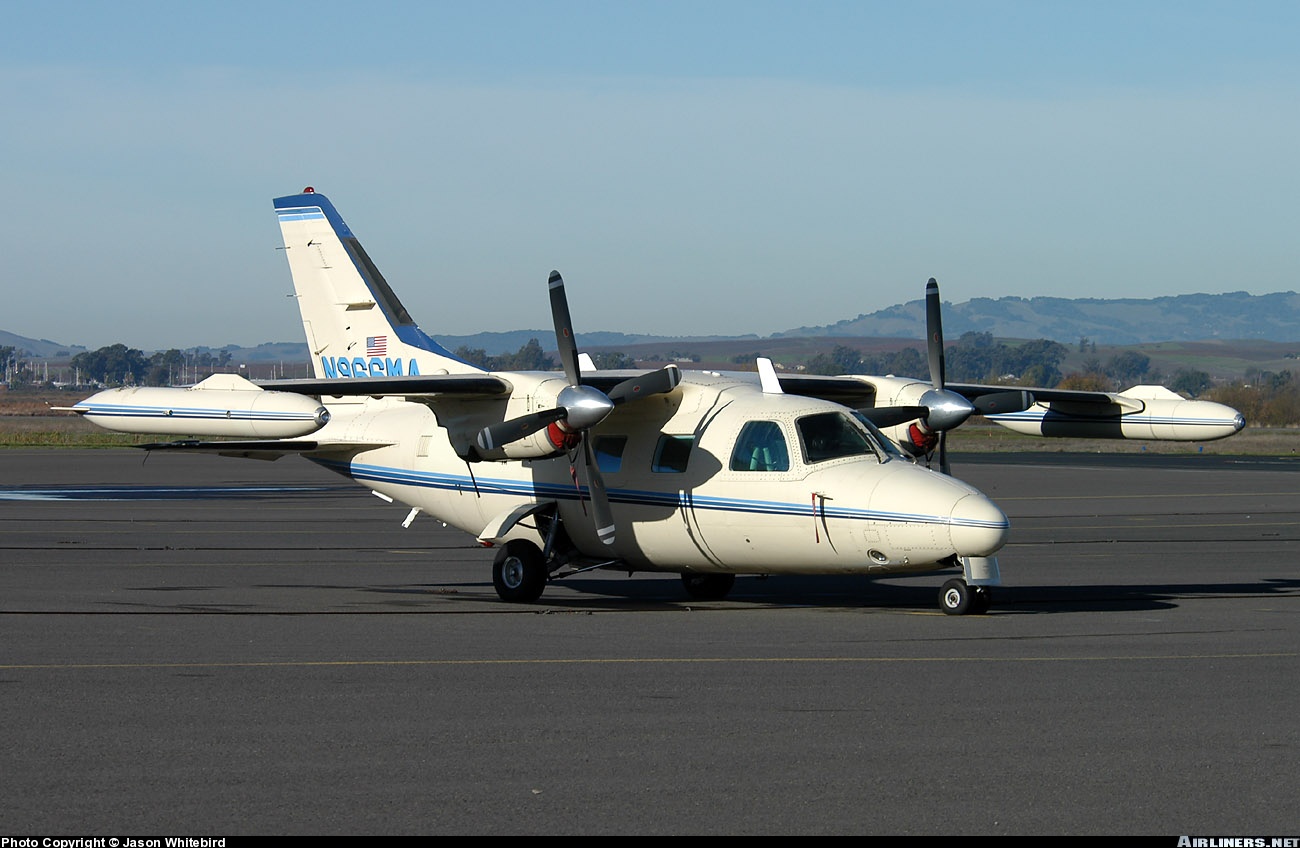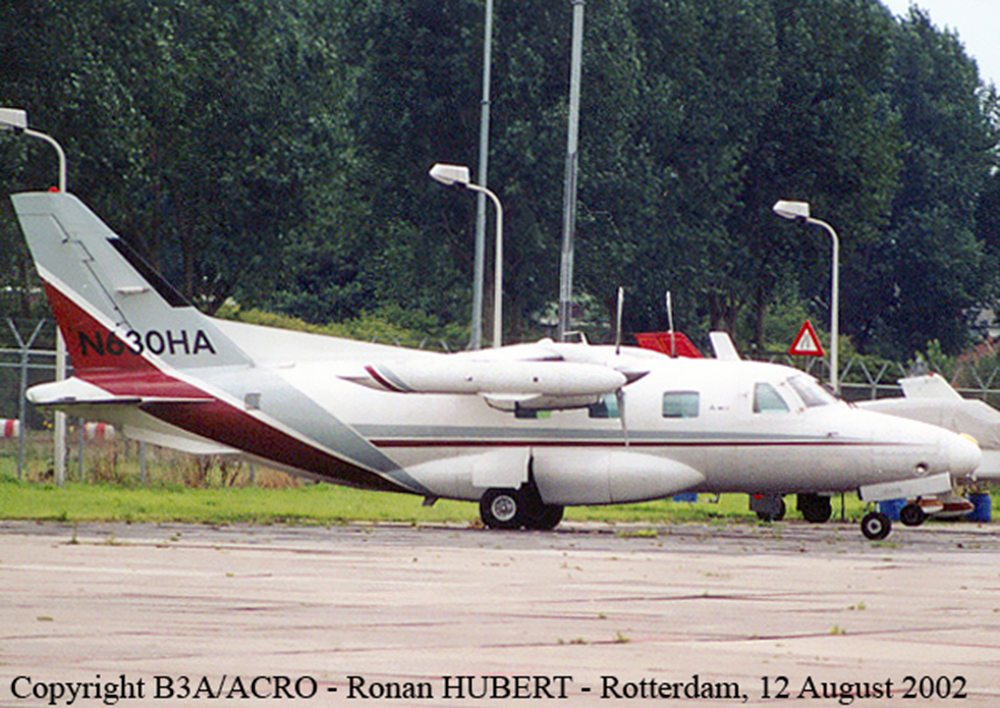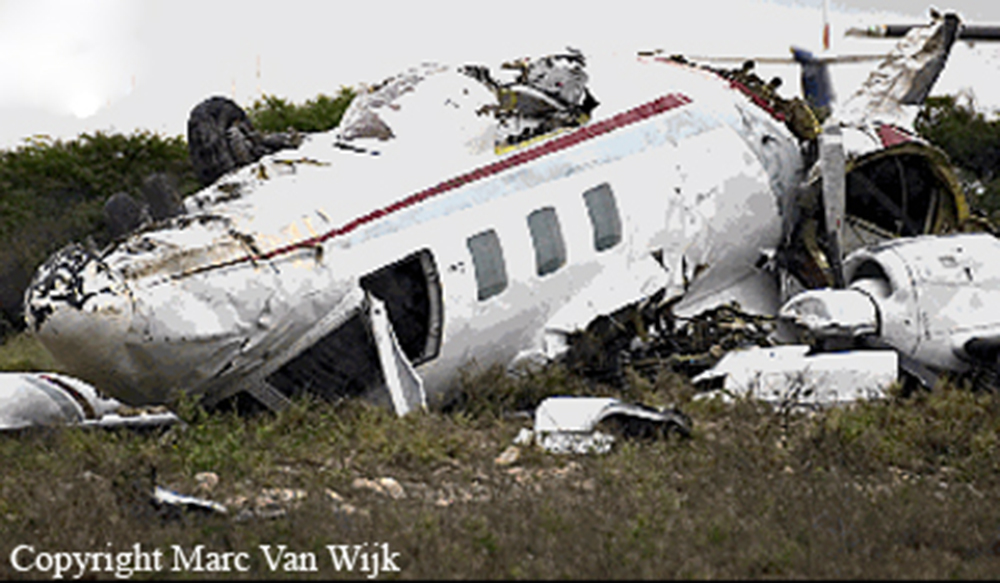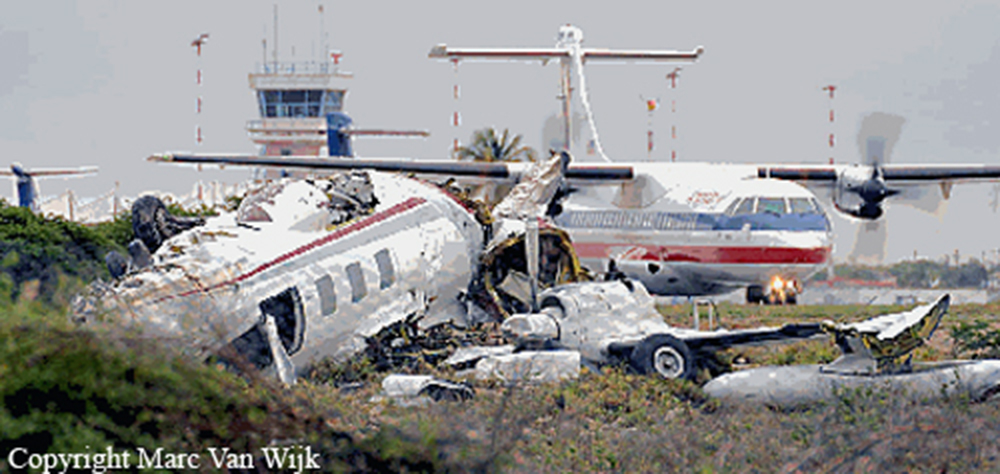Crash of a Mitsubishi MU-2S Marquise on Mt Mikagura: 4 killed
Date & Time:
Apr 14, 2005 at 1350 LT
Registration:
73-3229
Survivors:
No
Schedule:
Niigata - Niigata
MSN:
929
YOM:
1974
Crew on board:
4
Crew fatalities:
Pax on board:
0
Pax fatalities:
Other fatalities:
Total fatalities:
4
Circumstances:
Few minutes after takeoff from Niigata Airport, while flying in good weather conditions, the twin engine aircraft crashed on Mt Mikagura located about 55 km southeast of Niigata. All four crew members were killed. They were engaged in a local training mission.
